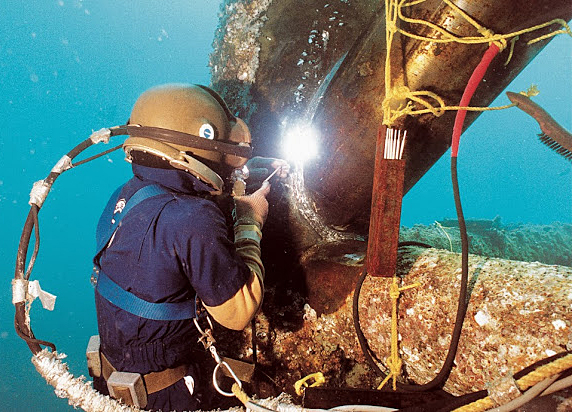Diploma in Welding and Fabrication
Welders work in numerous industries and across many sectors including in manufacturing foundries, factories, at construction sites and in the aerospace industry.
Program Highlights-
Statistics continue to confirm that those getting into this skilled trade now will likely have steady employment for as long as they want to work in the welding and fabricating sector. In the Welding and Fabrication Techniques program, you will learn how to:
- Select and apply welding processes and troubleshoot welding equipment
- Use a variety of destructive and non-destructive methods to test welds and acquire advanced skills in fitting and fabrication
- Gain comprehensive theoretical knowledge and have extensive practical hands-on training in welding and metal cutting techniques and all major welding processes.
Career Opportunities-
The aim of Welding and Fabrication Technician program is to prepare graduates for entry-level work as a welder, such as welding, brazing and soldering machine operations. With their fitting skills, and knowledge of GMAW, SMAW and GTAW techniques, graduates also have the potential to pursue more highly skilled employment in the welding field. In addition, they will have the added knowledge of sustainable practices.
What it Takes to Succeed
- Employers want applicants who have mastered the techniques of the trade and have experience in welding, such as this program provides. These skills and characteristics will help you succeed in the welding field:
- Very good manual dexterity, the ability to work quickly yet precisely, and good problem-solving skills
- Perseverance, concern for quality and a meticulous approach to the work
- The ability to communicate clearly, read and follow blueprints, and enjoy working with machinery and metals
- Physical strength and endurance, able to bend and work in awkward positions, good vision and hand-eye coordination


